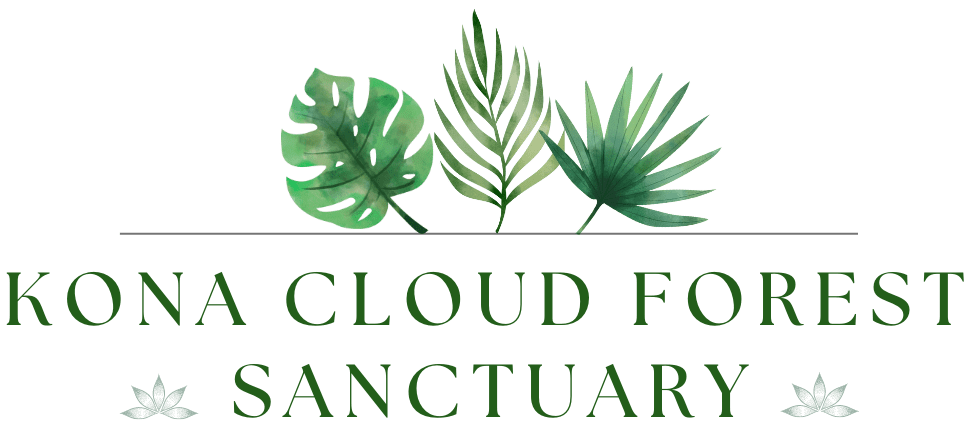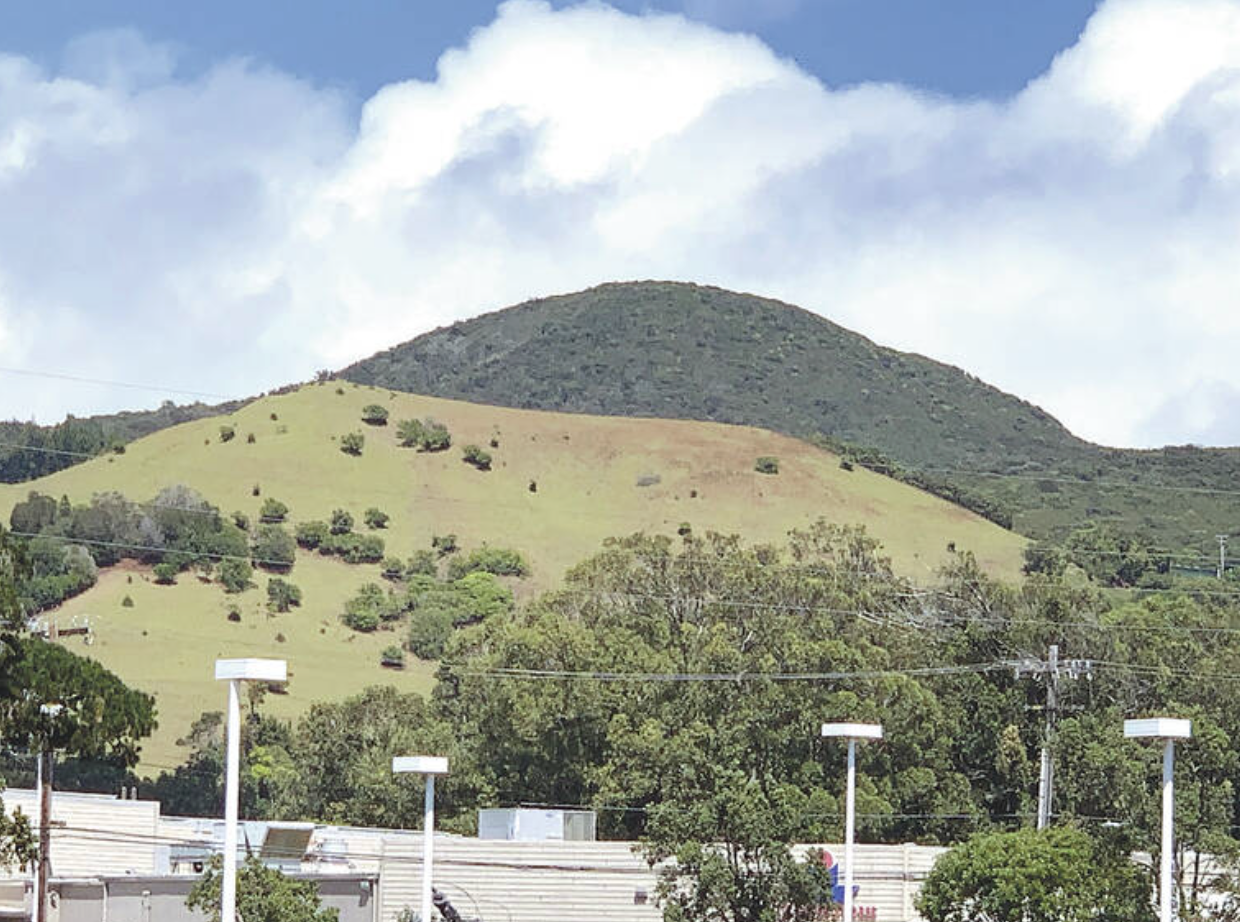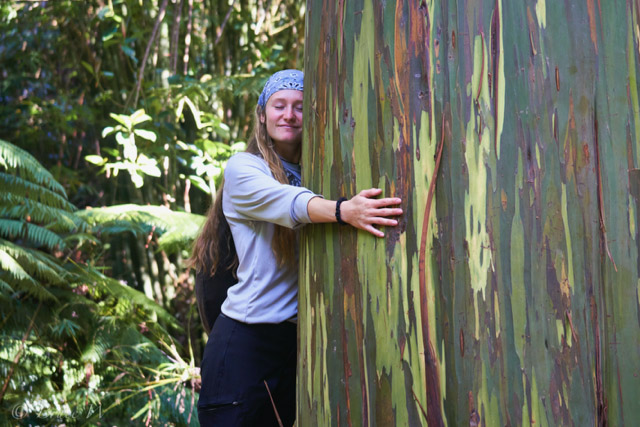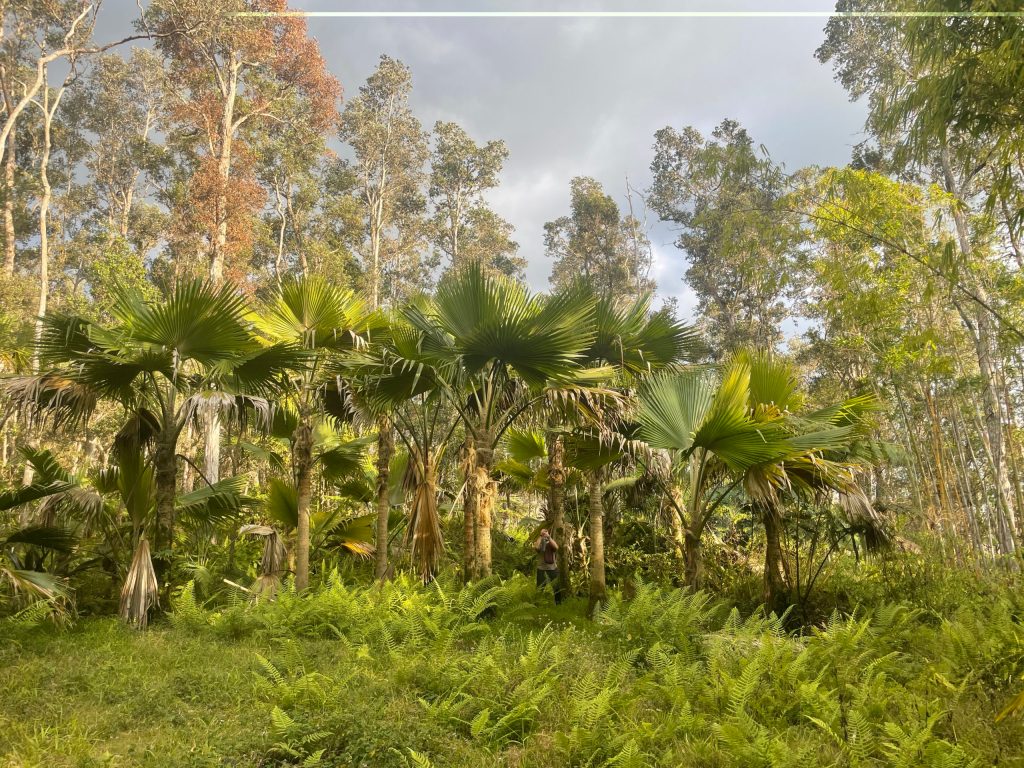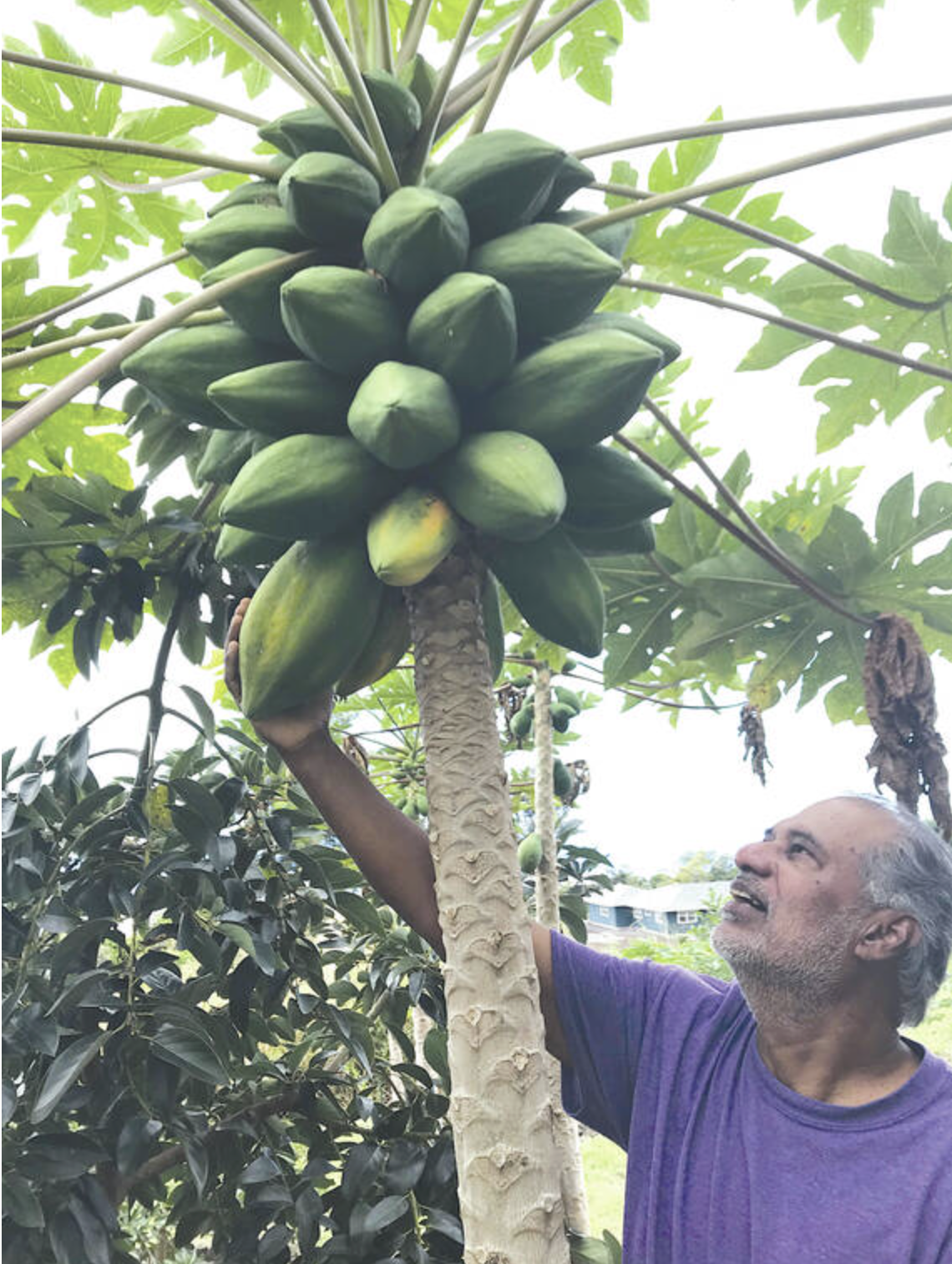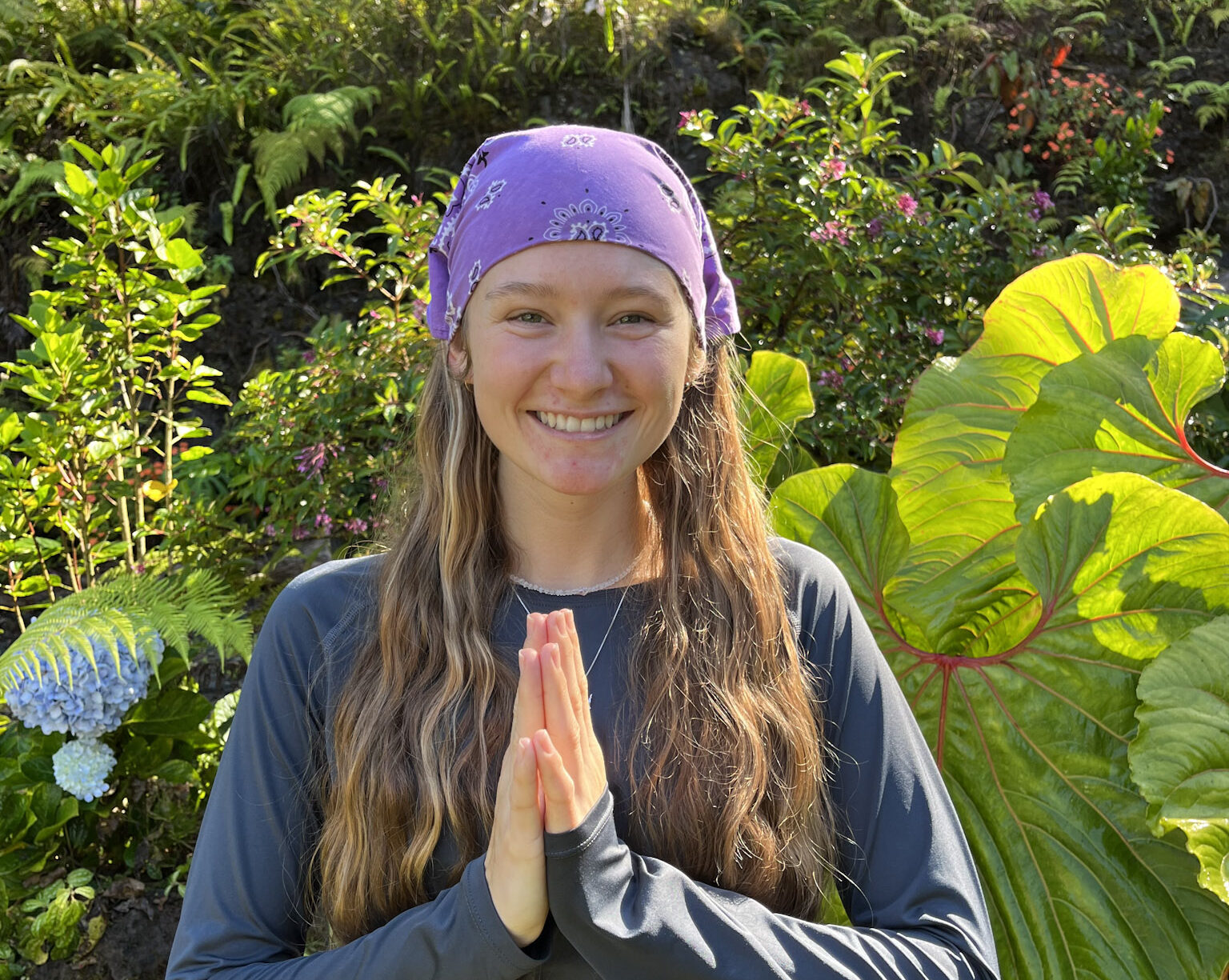We frequently talk of protecting the rainforests and cloud forests of Hawaii, but often neglect the importance of Hawaii’s dry land forests. However, thanks to the efforts of Ka‘ahahui o Ka Nahelehele we are beginning to understand the importance as well.
According to Mary Metcalf, president of the nonprofit organization, its mission is to advocate the perpetuation of Hawaii’s dry forest ecosystems. This year they are presenting the 14th annual Nahelehele Dryland Forest Symposium from 8:30 a.m. to 4:30 p.m. on Friday, Nov. 17 at King Kamehameha Kona Beach Hotel. It is important to register early this coming week since space is limited. There will also be a field trip to the Palamanui Community Forest Preserve on Saturday, Nov. 18.
Changing climate, invasive grasses, fires and grazing by goats, sheep and cattle have placed these forests and indigenous wildlife at risk. The symposium features presentations by Hawaiian cultural experts, scientists, restoration managers and landowners engaged in stewardship and research to preserve dry forest ecosystems. Preserving dry land forests is very complicated in that invasive grasses are more successful in colonizing drier areas than are native species. Where there is sufficient rainfall, trees like koa are able to shade out grasses. Low precipitation regions like Waikoloa and coastal West Hawaii where rainfall is a few inches per year are a real challenge. Also, regions that were once heavily forested have become grasslands due to climate change and human activity. Speakers will address these issues. For further information call Mary Metcalf at (808) 238-4871 or go to info@drylandforest.org.
Take a drive over the mountains to East Hawaii and you will note much of the island is stark and appears to be barren, but on closer observation many rare birds and plants are to be found. In stark contrast you may visit West Hawaii’s cloud forests that are easily accessed via Kaloko Dr. from Mamalahoa Hwy. Just 15 minutes from the airport, the drive starts at 1,500 feet. In 10 minutes you can find your way up Mt. Hualalai to 5,000 feet elevation.
This region is still covered with native forest and easily accessible in 15 minutes from Kailua-Kona. Although it is sparsely populated, the gardens of residents are a fascinating mixture of hoawa, koa and kopiko. The area abounds with ancient ohia (Meterosideros polymorpha) and gigantic treeferns. These ferns may be hundreds of years old. The native forests contain many rare and endangered species that local residents are committed to protect through the Hawaii Forest Stewardship Program. This program allows residents to dedicate and manage their properties to enhance this important and unique cloud forest watershed. It is administered through the Hawaii Department of Land and Natural Resources Forestry Division.
Kaloko Mauka is the home of the Hawaiian hawk, apapane, iiwi, elepaio, amakihi and many other endemic and exotic birds. The last few wild Hawaiian crows were seen in the area. Kaloko Mauka has been identified as essential wildlife habitat and forest watershed. It is the goal of residents of Kaloko Mauka to set an example that they can live in harmony with the forest and still have homes and some forest friendly agriculture activities. This is essential if our island is to have the rainfall and watershed needed to supply communities at lower elevations.
Some folks feel that East Hawaii has plenty of rain, so forests are not necessary. However, forests are like big sponges. They slow down flooding rains, and give up moisture so that streams continue to run when rainfall is light. Without forests, flooding and drought as well as severe erosion becomes the norm. Also, grassy areas are notorious fire hazards during times of drought.
Tropical forests worldwide include not only trees but understory palms, bromeliads, orchids, ferns and bamboos. Many palms worldwide are endangered due to the destruction of rainforests. Fortunately, Hawaii is becoming a kind of Noah’s Ark thanks to the efforts of the Hawaii Island Palm Society, Hawaii Island Landscape Association, Bamboo Society, Sierra Club and other concerned groups.
Not only is it vital to protect our remaining dry land, cloud and rain forests, but to reforest those abandoned cane lands of Hamakua, Puna, Kau and Kohala with biodiverse forests thus ensuring valuable resources for future generations.
For further information contact konacloudforest.com
